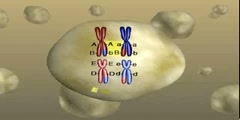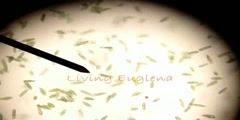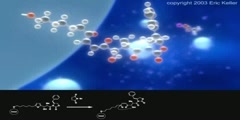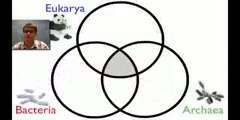Mechanism Behind Genetic Diversity
Genetic diversity is a characteristic of ecosystems and gene pools that describes an attribute which is commonly held to be advantageous for survival -- that there are many different versions of otherwise similar organisms. For example, the Great Irish Famine (1845-1849) can be attributed in part to the fact that the genetic distance of all potatoes in the country was very low, making it easier for one virus to infect and kill much of the crop. The academic field of population genetics includes several hypotheses regarding genetic diversity. The neutral theory of evolution proposes that diversity is the result of the accumulation of neutral substitutions. Diversifying selection is the hypothesis that two subpopulations of a species live in different environments that select for different alleles at a particular locus. This may occur, for instance, if a species has a large range relative to the mobility of individuals within it. Frequency-dependent selection is the hypothesis that as alleles become more common, they become less fit. This is often invoked in host-pathogen interactions, where a high frequency of a defensive allele among the host means that it is more likely that a pathogen will spread if it is able to overcome that allele. There are many different ways to measure genetic diversity, some of which are listed below. The modern causes for the loss of animal genetic diversity have also been studied and identified. This movie is made by Dr Nguyen Thanh Cong working at the Agricultural Genetics Institute in Hanoi, VIETNAMAddress below:Dr Nguyen Thanh CongMolecular Biology LaboratoryAgricultural Genetics InstituteVien Di truyen Nong NghiepTuliem, HanoiVIETNAM
Channels: Scientific Animations Genetics
Tags: diversity
Uploaded by: tubeman ( Send Message ) on 08-09-2007.
Duration: 1m 38s














